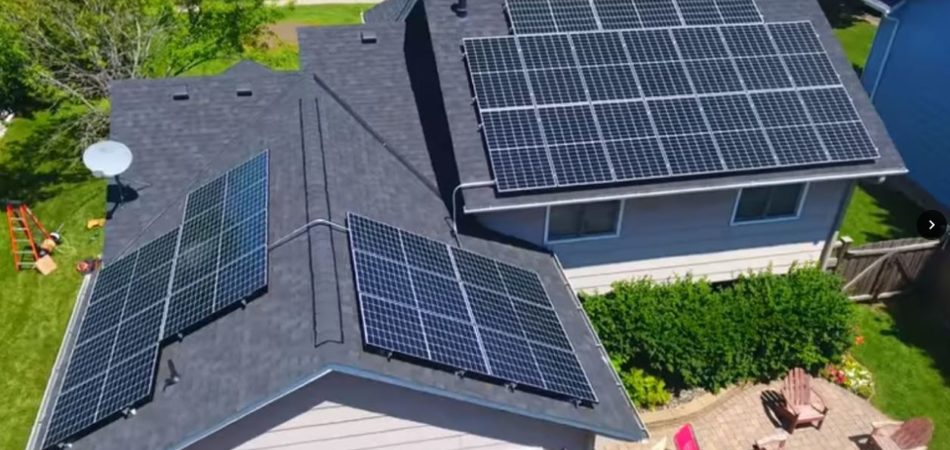Solar PV rooftop systems are known for its ease of installation, low maintenance, and longer lifetime. The systems are financially viable with a decent return of 15% according to project reports. Rooftop Solar PV has huge potential, and the government policies and regulations are already in place to promote large scale deployment. Rooftop solar comes as grid based and off grid.
Rooftop solar falls under Grid-based when the rooftop consumers are connected to the larger grid that is owned by the local utility. The primary source of power is from the rooftop system, and the grid power source is used as a backup.

Whereas it falls under Off-grid when it is not connected to a grid, and it works as standalone system. Off grid needs storage batteries to keep the power flow steady throughout the day. Thus, energy produced during the day, while is consumed, is also saved in batteries, and discharged after the sun has set.
While setting up Rooftop solar it is good to assess the Panel efficiency as well. It is calculated with the area it occupies with reference to the power generated. The more efficient the panel, more it produces energy. Thus, the Solar panel efficiency is determined by the production of electricity by solar cells.
Here is a quick overview of Components of Solar Rooftop system
- PV modules: There are two kinds of modules: Thin-film, and Crystalline. Rooftop solar plants predominantly use crystalline panels because they are more efficient and better suited to installations like rooftops where space is a constraint. Combination of PV modules based on demand forms PV array.
- Inverters: Rooftop solar PV plant determine the quality of AC power you get, and also the kind of loads that can be powered with solar – different inverters support different levels of starting current requirements which affects the kind of machinery that can run on solar power.
- Module mounting structures: Solar panels are mounted on iron fixtures so that they can withstand wind and weight of panels. The panels are mounted to face south in the Northern Hemisphere and north in the Southern Hemisphere for maximum power tracking. The tilt of the panels is at an angle equal to the latitude of that location. Allowing sufficient air circulation to cool the panels is also an important factor that mounting structures should be designed for because, as mentioned above, rooftop plant output falls as temperatures rise above 25°C.
- Batteries: Batteries help to make power available when the sun isn’t shining. This is very much useful for applications where electrical consumption is greater during the night than in the day. For eg. Residential apartments where most people are away during the day and at home during the night. Als it smoothens power delivery during the day. There are chances that clouds moving across the sun can suddenly reduce the output from your rooftop plant. A battery backup can ensure that the load gets sufficient power during such dips in plant output. If the utility charges different tariffs based on time of day, power from the batteries can be used to reduce consumption at those times when utility power is very expensive.
DART Consulting provides business consulting through its network of Independent Consultants. Our services include preparing business plans, market research, and providing business advisory services. More details at https://www.dartconsulting.co.in/dart-consultants.html


